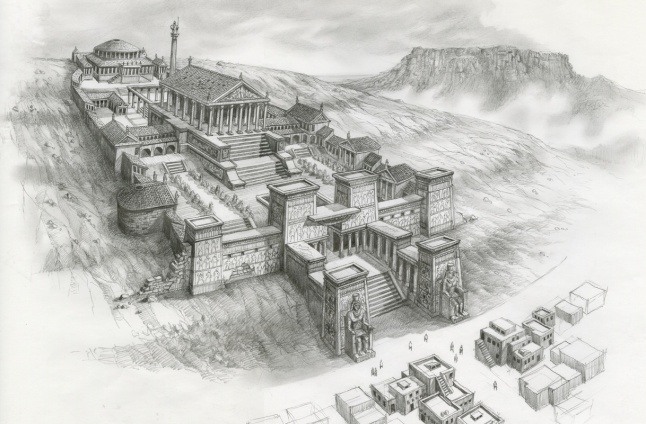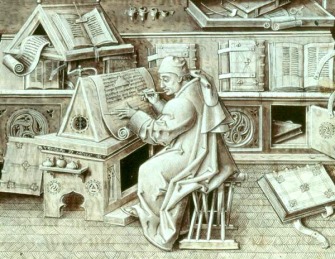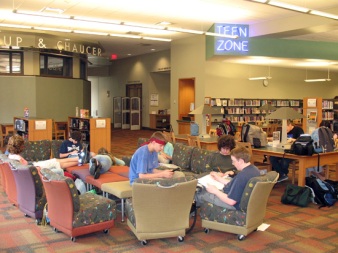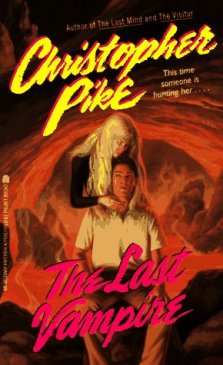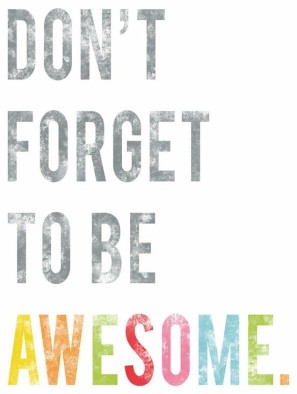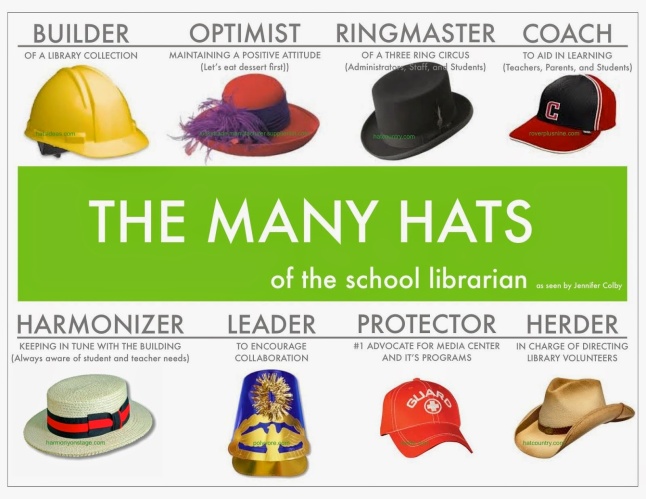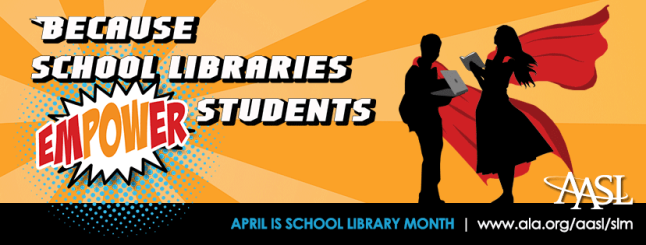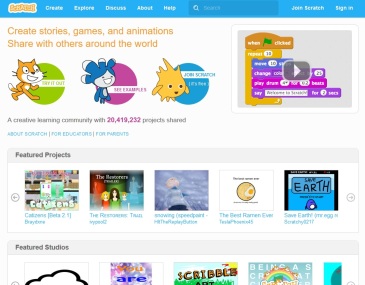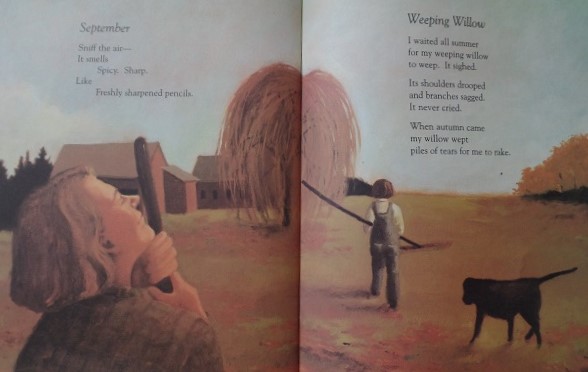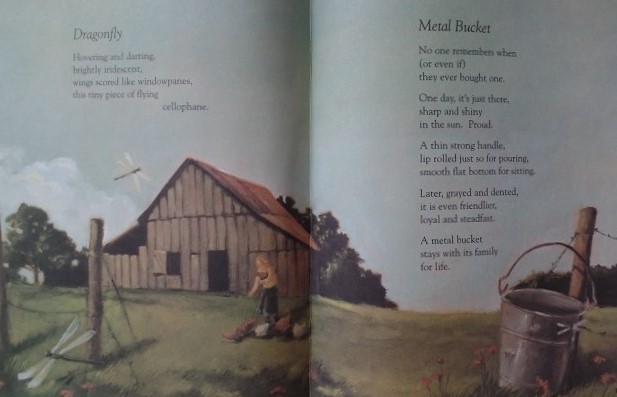Be careful when you reach for the stars: you never know what you will find at your fingertips.

Earth Girl by Janet Edwards, 2013
ATOS Book Level 6.0
Lexile: 840
Interest Level: Grades 7-12
Awards: YALSA 2014 Teens’ Top Ten, Booklist Editors’ Choice for Youth
In 800 years, your family will not live on earth. You will probably never see Earth, other than on vid screens. But eighteen year old Jarra lives there, sleeps there, and dreams of embarrassing you, a normal person. Jarra is an “ape,” a human who will die if she leaves Earth because of a compromised immune system. One day Jarra concocts a plan to join an archeology program that is studying the remains of civilization on her home planet. To humiliate her visiting peers and prove herself worthy of recognition, Jarra pretends to be a “norm,” a girl from off-world, just like her new classmates. Then one day, Jarra must use all of her knowledge of Earth to save these norms from a catastrophic event.
Ender’s Game by Orson Scott Card, 1985
ATOS Book Level 5.5
Lexile: 780
Interest Level: Grades 7-12
Awards: Hugo and Nebula Awards
As a nine year old boy, Ender Wiggin is sent into space to attend an elite military school. He learns battle strategy, the dangers of affection, military chain of command, hand to hand combat, the sting of betrayal, and how to kills without remorse. Then, the boy learns that he cannot return home, but must stay in space, constantly training and fighting. Unbeknownst to him, Ender’s true purpose at the school – and beyond – is to save humanity from the Buggers, the aliens who attacked Earth once and will again.
Analysis:
Both Ender’s Game and Earth Girl utilize standard young adult novel font size and margins. The books are roughly 350 pages and have standard chapter divisions. While the books are written at roughly a sixth grade reading level, sci-fi jargon frequently appears in the texts and may confuse readers. Also, in Earth Girl, numerous abbreviations of words appear, and the meaning of the original word must be discerned through context clues.
No prior knowledge is needed to read these young adult science-fiction novels. However, building conceptual awareness of dystopian and apoplectic literature would help with improving plot appreciation.
The two novels are recommended for readers in middle and high school. The content, though, is young adult in both books. Ender’s Game has violence and genocide, while Earth Girl refers to college life and dating relationships.
Potential content area standards:
Due to the lexile and interest level, standards are from the CCSS Grade 11-12 and Next Generation Science Standards, Appendix H, High School level lists. Also, this list is not exhaustive, as more or fewer standards could be incorporated according to the teacher’s instruction related to the novels.
Common Core State Standards
CCSS.ELA-Literacy.RL.11-12.1
Cite strong and thorough textual evidence to support analysis of what the text says explicitly as well as inferences drawn from the text, including determining where the text leaves matters uncertain.
CCSS.ELA-Literacy.RL.11-12.2
Determine two or more themes or central ideas of a text and analyze their development over the course of the text, including how they interact and build on one another to produce a complex account; provide an objective summary of the text.
CCSS.ELA-Literacy.RL.11-12.3
Analyze the impact of the author’s choices regarding how to develop and relate elements of a story or drama (e.g., where a story is set, how the action is ordered, how the characters are introduced and developed).
CCSS.ELA-Literacy.RL.11-12.4
Determine the meaning of words and phrases as they are used in the text, including figurative and connotative meanings; analyze the impact of specific word choices on meaning and tone, including words with multiple meanings or language that is particularly fresh, engaging, or beautiful. (Include Shakespeare as well as other authors.)
CCSS.ELA-Literacy.RL.11-12.6
Analyze a case in which grasping a point of view requires distinguishing what is directly stated in a text from what is really meant (e.g., satire, sarcasm, irony, or understatement).
CCSS.ELA-Literacy.RL.11-12.9
Demonstrate knowledge of eighteenth-, nineteenth- and early-twentieth-century foundational works of American literature, including how two or more texts from the same period treat similar themes or topics.
Next Generation Science Standards
Appendix H: Understanding about the Nature of Science
Category: Science is a Human Endeavor, High School
-Scientific knowledge is a result of human endeavor, imagination, and creativity
Category: Science Addresses Questions about the Natural and Material World, High School
-Not all questions can be answered by science
-Scientific knowledge indicates what can happen in natural systems – not what should happen. The latter involves ethics, values and human decisions about the use of knowledge.
Many decisions are not made using science alone, but rely on social and cultural contexts to resolve issues.
Curriculum suggestions:
Ender’s Game and Earth Girl possess parallel plot structures, though with interesting contrasts. Ender Wiggin is exiled from Earth, while Jarra cannot leave the home planet. Both protagonists are brilliant and ultimately save companions through creativity and intuition. Ender attends Battle School, and Jarra joins a university program for anthropology and archeology.
English and science teachers could teach the two novels in a compare/contrast unit, focusing on Science-Fiction, exile, coming of age, and dystopias as themes. Comparing the open, trusting nature of Ender to the highly conniving and sneaky personality of Jarra would require text-based research and citations. The protagonists’ similarities – leadership, intelligence, creativity, internet use, adolescence, and home life – may also be analyzed. Also, an analysis of Earth’s potential futures would require advanced level thinking with areas of potential scientific and psychology research.
Supporting digital content:
Lesson on running an ethics debate based upon material in the text
http://novelinks.org/uploads/Novels/EndersGame/Discussion%20Web.pdf
Great unit introduction video “What Is Science Fiction: A Video Compilation”
https://www.youtube.com/watch?v=hbJrqZaB4oI
Series information:
Ender’s Game is the initiating novel in two series: the Ender’s Game series and the Ender’s Shadow series.
Earth Girl is the first girl in Janet Edward’s series of the same name.
